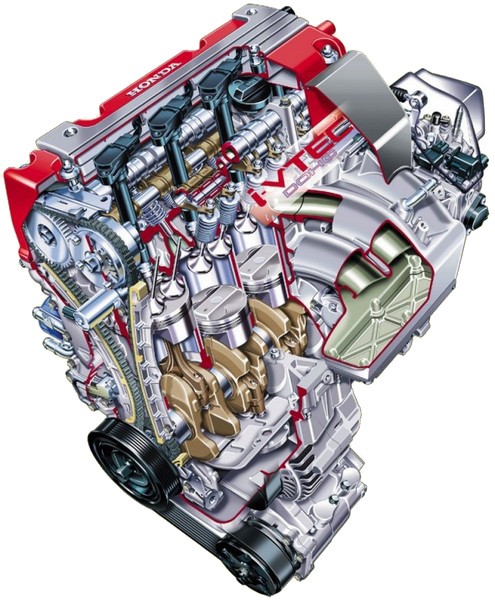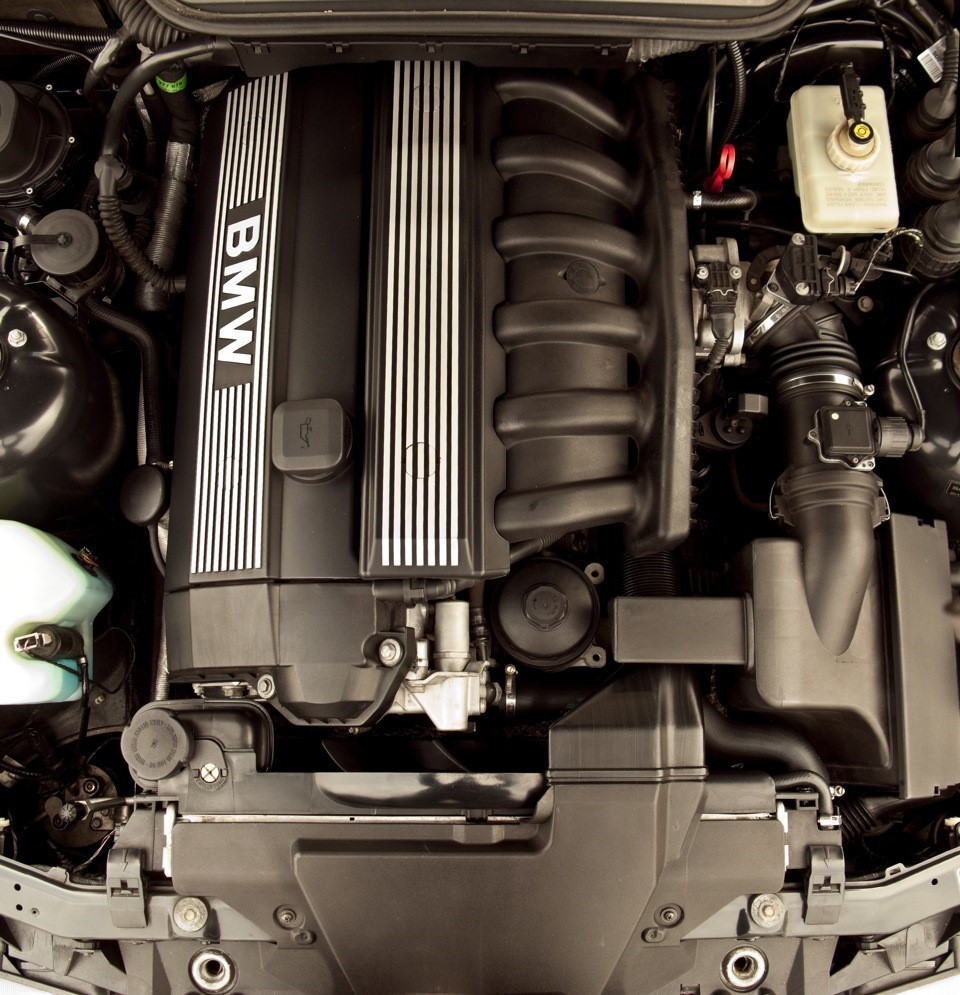
K20 - Honda engine. Specifications and most common problems
Content
- K20 - an engine with exceptional performance
- Design solutions used in the drive
- Cast iron bushings and short blocks
- Two versions of the Honda i-Vtec system
- K20C engines are used in motorsport.
- K20A - technical data
- Sports version of the K20A - how is it different?
- Drive operation
- Should You Choose K20 Motorcycles? Notable engine
The power unit was produced from 2001 to 2011. It was installed on the most popular car models of the Japanese manufacturer, including the Accord and Civic. Several modified K20 models were also created during the production period. An engine of this kind without secrets in our article!
K20 - an engine with exceptional performance
The introduction of the engine in 2001 was motivated by the replacement of units from the B family. As a result of the excellent reviews that the previous version received, there were some doubts whether the new version would live up to expectations. However, the fears turned out to be unfounded. The production of K20 was successful.
Early on, the K20 was introduced in the 2002 RSX and Civic Si models. The unique feature of the motorcycle was that it was suitable for both dynamic riding and typical city riding.
Design solutions used in the drive
How was the K20 built? The engine is equipped with a DOHC valve system and roller shafts are used in the cylinder head to reduce friction. In addition, the motorcycle uses a distributorless coil-spark ignition system. Its specificity is based on the fact that each spark plug has its own coil.
Engine designers did not opt for a conventional distributor-based valve timing system. Instead, a computer-controlled timing system was used. Thanks to this, it became possible to control the ignition phases using the ECU based on information from various sensors.
Cast iron bushings and short blocks
Another point worth paying attention to is the fact that the cylinders are equipped with cast iron liners. They had characteristics similar to those used in the B and F families of bikes. As a curiosity, FRM cylinders have been installed in the H and F series powertrains available in the Honda S2000.
There are solutions with the same specifics as in the case of the B series. We are talking about two short blocks of the same design with a difference in deck height of 212 mm. In the case of blocks K23 and K24, these dimensions reach 231,5 mm.
Two versions of the Honda i-Vtec system
There are two variants of the Honda i-Vtec system in the K series. They can be equipped with variable valve timing VTC on the intake cam, as is the case with the K20A3 variant.
The way it works is that at low rpm only one of the intake valves is fully open. The second, on the contrary, opens only slightly. This creates a swirling effect in the combustion chamber resulting in better atomization of the fuel and when the engine is running at high speeds both valves are fully open resulting in improved engine performance.
On the other hand, in the K20A2 models that were installed on Acura RSX Type-S vehicles, VTEC affects both intake and exhaust valves. For this reason, both valves can use different types of cams.
K20C engines are used in motorsport.
This member of the K family is used by teams competing in the F3 and F4 series. The design differences are that the engines are not equipped with a turbocharger. The model was also appreciated by the drivers of the so-called. hot rodd and kit car, thanks to the possibility of installing the motor in a longitudinal rear-wheel drive system.
K20A - technical data
The engine is designed according to the in-line four scheme, where four cylinders are located in one line - along a common crankshaft. The full working volume is 2.0 liters at 1 cu. cm. In turn, the cylinder diameter is 998 mm with a stroke of 3 mm. In some versions, the DOHC design can be retrofitted with i-VTEC technology.
Sports version of the K20A - how is it different?
It was used in the Honda Civic RW, this version of the unit uses a chrome-plated flywheel, as well as connecting rods with increased tensile strength. High compression pistons and much stiffer valve springs were also used.
All this is complemented by longer-stroke camshafts that last longer. It was also decided to polish the surface of the intake and exhaust ports of the cylinder head - this applies to models from 2007 to 2011, in particular the Honda NSX-R.
Drive operation
Engines of the K20 family did not usually cause serious operational problems. The most common malfunctions include: uncontrolled oil leakage from the front crankshaft main oil seal, exhaust camshaft lobe chafing, and excessive vibration of the drive unit.
Should You Choose K20 Motorcycles? Notable engine
Despite the shortcomings mentioned, these motorcycles are still present on our roads. This can be considered proof of their reliability. Therefore, the K20 is a Honda-designed engine, in any case, if it is still in good technical condition, it can be a good choice.

